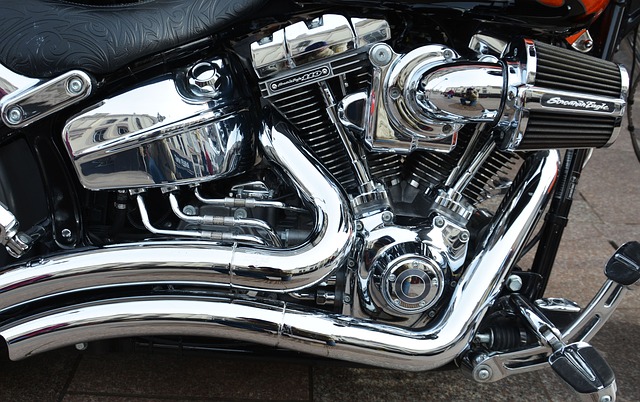The engine block is the largest and arguably the most intricate metal part in an engine. The block is even labelled as the engine backbone.
All the other engine parts are either placed inside the block or are bolted to its surface.
So, what are engine blocks made of?
The engine blocks are either made up of Cast Iron or Aluminium.
While the motorcycles of earlier decades were dominated by Cast Iron engine blocks, Aluminum is now the preferred material due to its low weight.
That’s the short answer.
Now, simply saying Cast Iron or Aluminum are the material used for engine blocks is quite misleading and inaccurate.
This is because: within cast iron, there are numerous grades and classes. Similarly, there are hundreds of different alloys for aluminum.
To be more accurate, let’s deep dive into what kind of iron and aluminum are used in engine block manufacturing.
Cast Iron Engine Blocks
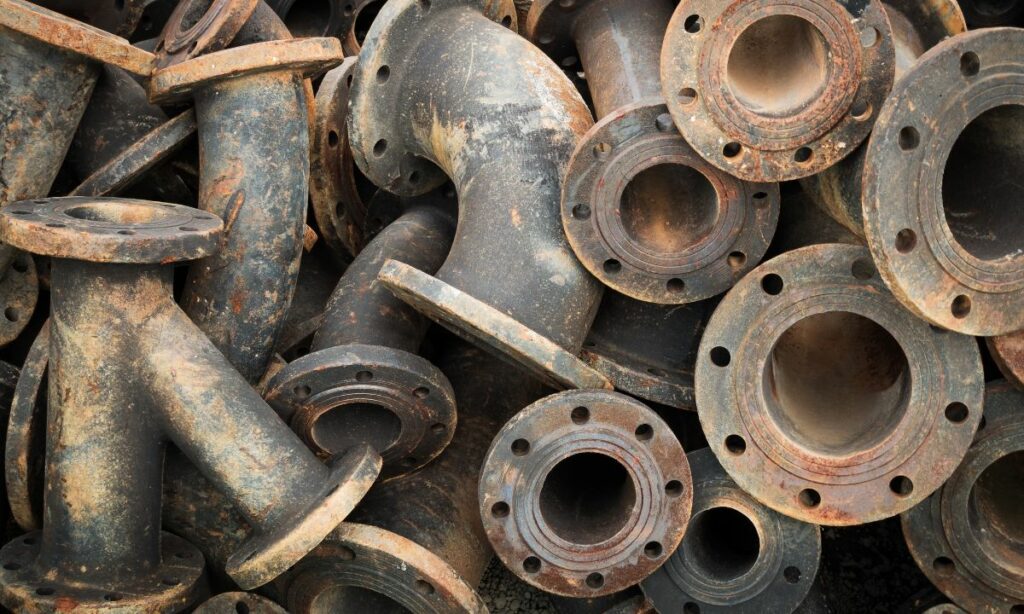
Iron engine blocks are typically cast by Gray Cast Iron.
Gray Cast Iron is a type of cast iron that has a graphitic microstructure and is named after its grey color which is due to the presence of graphite.
Gray Cast Iron is one of the cheapest possible iron to have and is used extensively in different machinery across industries. Within motorcycles, the gears are also made up of Gray Cast Iron.
Here are the constituents of Gray Cast Iron:
| Constituents | Gray Cast Iron |
|---|---|
| Carbon | 2.5 – 4 % |
| Silicon | 1 -3 % |
| Manganese | 0.2 – 1% |
| Sulfur | 0.02 – 0.25 % |
| Phosphorus | 0.02 – 1 % |
Now, within this Gray Cast Iron, there are several different classes.
The classes used typically for engine blocks are Class 20 and Class 25.
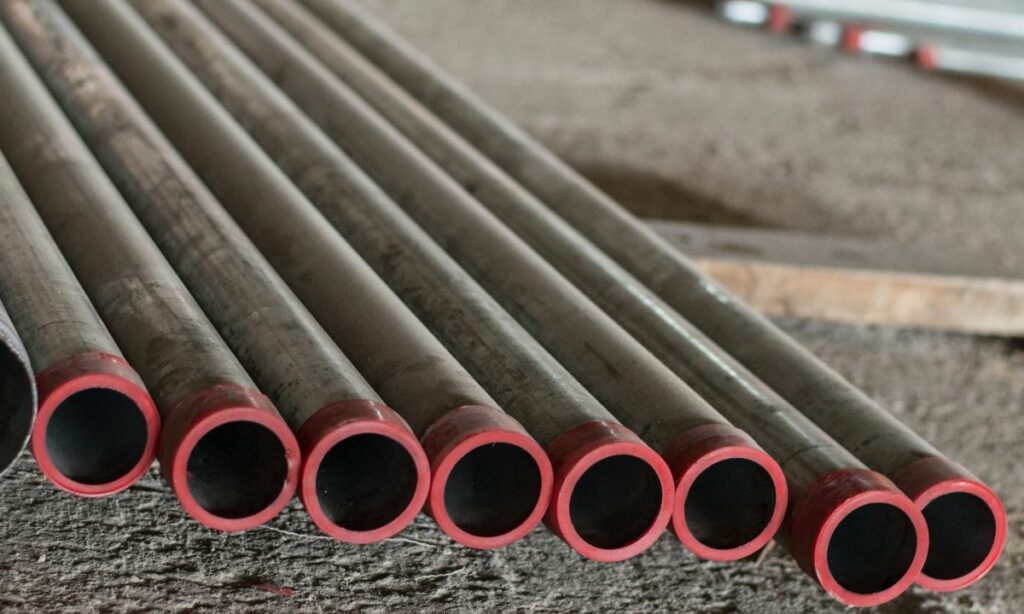
The tensile strength of these iron classes ranges between 20,000 to 25,000 psi.
Advantages:
- Engine Blocks made from Gray Cast Iron have a relatively low cost of manufacturing.
- Gray cast iron provides good machinability and good galling and wear resistance.
- Cast iron engine blocks also have higher tensile strength when compared to aluminum engine blocks.
Disadvantages:
- The main disadvantage of a Cast Iron engine block is its heavy weight.
- The engine weight plays a crucial role in the performance of motorcycles. Large weight means more fuel requirement and also increased emissions, which are lower in aluminum engine blocks.
Aluminum Engine Blocks
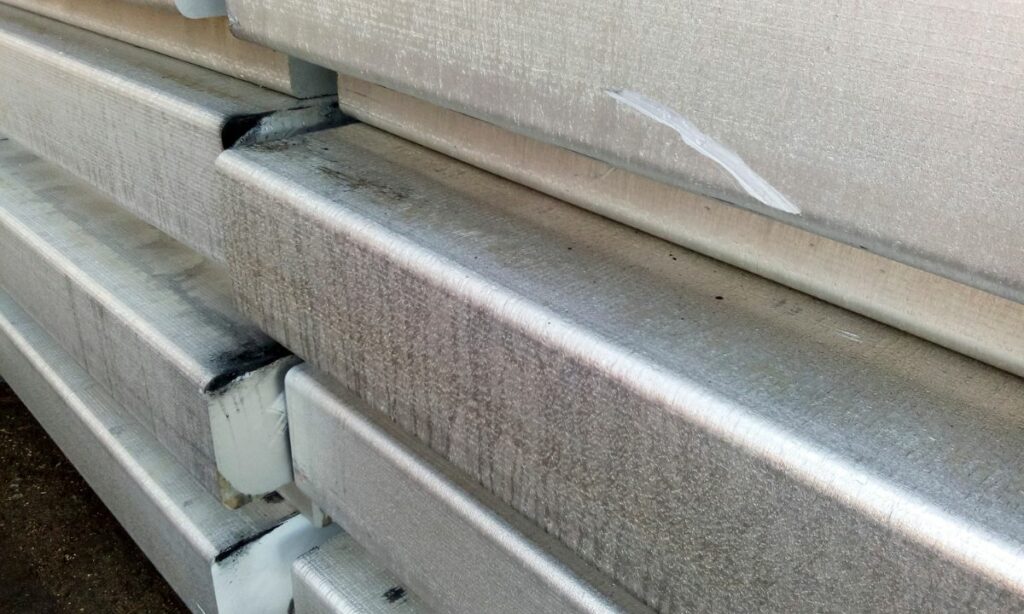
In Aluminum engine blocks, the most commonly used aluminum alloys are 319, A356, and A357.
These aluminum alloys do not have the suitable strength required for an engine block.
That’s why these alloys are subjected to receive a T5 or a T6 heat treatment to achieve sufficient strength required for manufacturing.
Without the heat treatment, these alloys will be too weak and unsuitable for the engine blocks.
So, the aluminum alloys must undergo the heat treatment.
The typical tensile strength of 319, A356, and A357 aluminum alloys are between 10,000 to 14,000 psi.
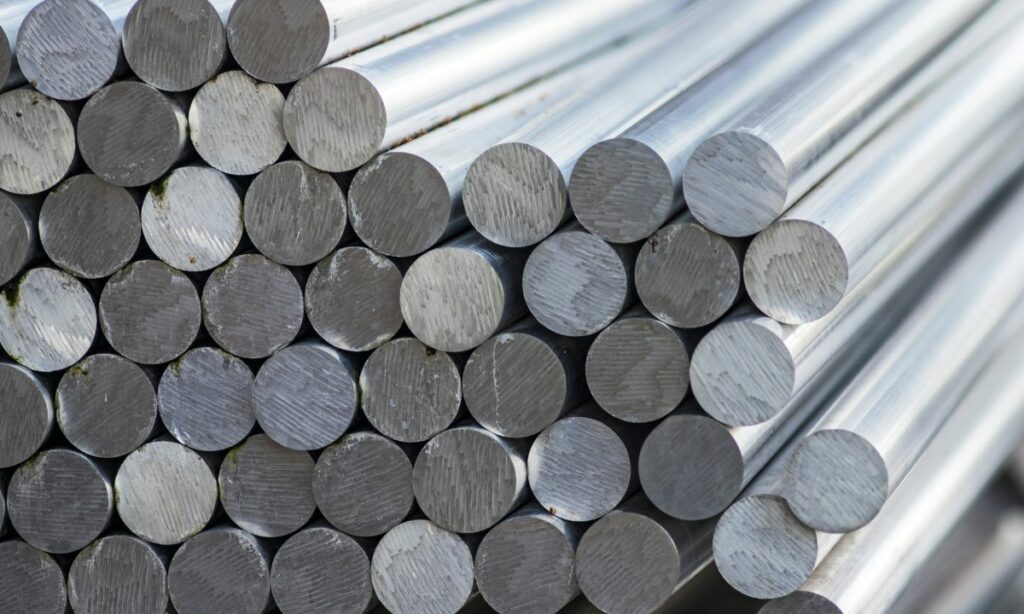
Here are the constituents of these aluminum alloys :
| Constituents | 319 | A356 | A357 |
|---|---|---|---|
| Aluminum | 85.8 – 91.5 % | 91.1 – 93.3 % | 90.8 – 93 % |
| Silicon | 5.5 – 6.5 % | 6.5 – 7.5 % | 6.5 – 7.5 % |
| Magnesium | 0.1% | 0.25 – 0.45 % | 0.4 – 0.7 % |
| Copper | 3 – 4 % | 0 – 0.2% | 0 – 0.2% |
| Titanium | 0.25% | 0 – 0.2% | 0.04 – 0.25% |
| Iron | 1% | 0.2% | 0.2% |
| Zinc | 1% | 0.1% | 0.1% |
| Nickel | 0.35% | – | – |
| Manganese | 0.5% | – | – |
Advantages:
- Aluminum engine blocks are of lower weight when compared to cast iron engine blocks.
- The low weight translates to high fuel economy and lower emissions in motorcycles.
Disadvantages:
- Aluminum alloys are costlier to manufacture.
- It does not have as good machinability as that of gray cast iron.
- Their tensile strength even after undergoing heat treatment is still lower than cast iron engine blocks.
Comparison of Engine Block Materials
Here we compare the two engine block materials against different parameters – weight, cost of manufacturing, fuel efficiency, wear resistance, noise and vibration, ease of repair, and ease of rebuilding.
Weight
A low-weight engine block provides many advantages to a vehicle. Less weight means better fuel economy, better acceleration, and low emissions.
Aluminum as a material is always lighter than the cast iron. The density of these materials is as below.
Density of Gray Cast Iron: 6900 to 7350 kg/m3
Density of Aluminum: 2550 to 2800 kg/m3
However, density is not an accurate measure to compare since aluminum engine blocks use more aluminum material.
This is because reinforcements are used in aluminum engine blocks to increase their tensile strength. Cast iron engine blocks, on the other hand, do not require any reinforcements.
Still, Aluminium engine blocks always weigh less when compared to Cast Iron engine blocks.
In general, aluminum engine blocks are 40% lighter despite the additional reinforcements used to strengthen them.
Cost of Manufacturing
Aluminum alloys are costlier than Gray Cast Iron.
Add to it, the complex casting process that aluminum requires for engine block manufacturing. The cost can easily be 2 to 3 times of a cast iron block.
Earlier, the sand casting of an aluminum engine block was a labor-intensive task since aluminum alloys react in the air to form aluminum oxides.
However, as the years have progressed, casting technology has improved vastly to carry out aluminum casting easily now.
Still, the casting process of an aluminum engine block remains an expensive process when compared to the easy and low-cost manufacturing of cast iron engine blocks.
Fuel Efficiency
Aluminum engine blocks are low-weight and have better thermal conduction properties. These characteristics allow the engine to start quickly and to provide better acceleration. The low weight aids in increasing the fuel economy as well.
For these reasons, an aluminum engine is far more fuel-efficient than an iron engine block.
Wear Resistance
Cast iron has far better wear resistance capabilities than any of the aluminum alloys.
Due to its low wear resistance, Aluminium engine block liners are often made from cast iron and not aluminum.
The block liners are subjected to high wear and tear due to the continuous movement of the piston along the cylinder lining. The block needs a strong resistance to withstand the wear.
Noise and Vibration
This is one of the advantages of Cast Iron engine blocks. They absorb noise and vibrations better than aluminum blocks.
Aluminum engine blocks can improve noise and vibration absorption through complex and intricate casting.
However, in general, cast iron engine blocks fare better in absorbing noise and vibrations.
Ease of Repair
When an Aluminium engine block cracks, it is easier to repair using a TIG welder.
However, if an iron engine block cracks, it can still be repaired, but it requires great skill since a furnace welder is needed.
Typically, aluminum engine blocks are easier to repair when compared to iron engine blocks.
Ease of Rebuilding
Iron engine blocks are typically easier and cheaper to rebuild. The boring of an iron engine block can be machined easily. A simple equipment shop can handle this.
However, rebuilding an aluminum engine is far more complex. The boring is not at all simple and cannot be handled in a small equipment shop. Also, rebuilding an aluminum engine block requires great skills. The success rate is not too high as well.
Comparison Table
Here is a comparison table highlighting the differences between a Cast Iron engine block and an Aluminium engine block.
The red text indicates poor performance in that parameter and the green text represents better performance along the parameter.
| Parameters | Gray Cast Iron | Aluminium Alloy |
|---|---|---|
| Weight | High | Low |
| Manufacturing Cost | Low | High |
| Fuel Efficiency | Low | High |
| Wear Resistance | High | Low |
| Noise & Vibrations | Low | High |
| Ease of Repair | Difficult | Easy |
| Rebuilding | Easy | Difficult |
Manufacturing Process
The manufacturing of engine blocks is mainly done using sand casting.
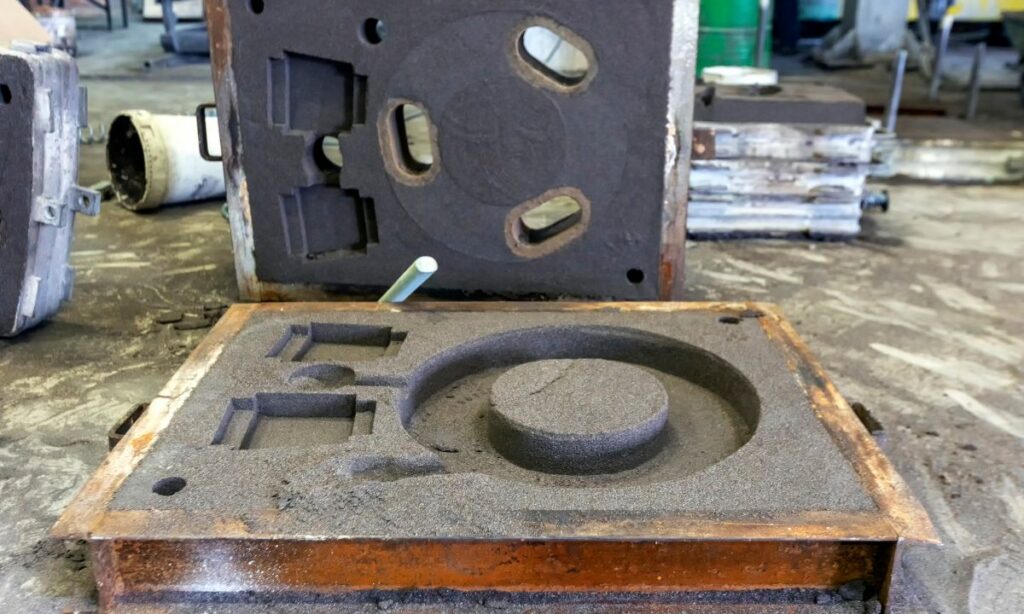
Although die casting can be used, sand casting is much more cost-effective since die casts wear out quickly. The high temperature of the molten metal will wear down the dies and hence is an expensive process when compared to sand casting.
Earlier, the sand casting of aluminum was a laborious task since aluminum alloys react in the air to form aluminum oxides.
However, as the years passed, casting technology has improved vastly to carry out aluminum casting easily now.
Since Aluminium engine blocks are not as strong as Cast Iron blocks, some manufacturers use cast iron in the liner or in some other portion of the engine block. In addition, to improve the tensile strength of the Aluminium engine blocks, reinforcement frames are added to the design of the blocks.
Once the casting process is finished, the casted engine block is further taken for machining and surface finishing.
Computerized milling and boring machines are used to arrive at the correct dimensions for the block and to provide a smooth finish.
Surface Modifications To Improve Performance
To enhance the performance of engine blocks, certain modifications are made depending on the engine and the manufacturer. Here are some of the common surface modifications:
- Chrome plating: A thin layer of chromium is electroplated onto the engine block surface to improve wear resistance. Chrome plating is most commonly used in Aluminium engine blocks.
- Ni-SiC (Ni-Silicon Carbide) composite plating: The Ni-Silicon Carbide plating hardens the surface and improves its capability to withstand heat.
- Thermal Spraying: Thermal spraying provides a coating layer to improve the surface of the engine blocks and protects the layer from wear, corrosion, abrasion, and heat. It extends the life of the engine blocks as well.
Before you go…
Here are a few more motorcycle engine posts for you:
